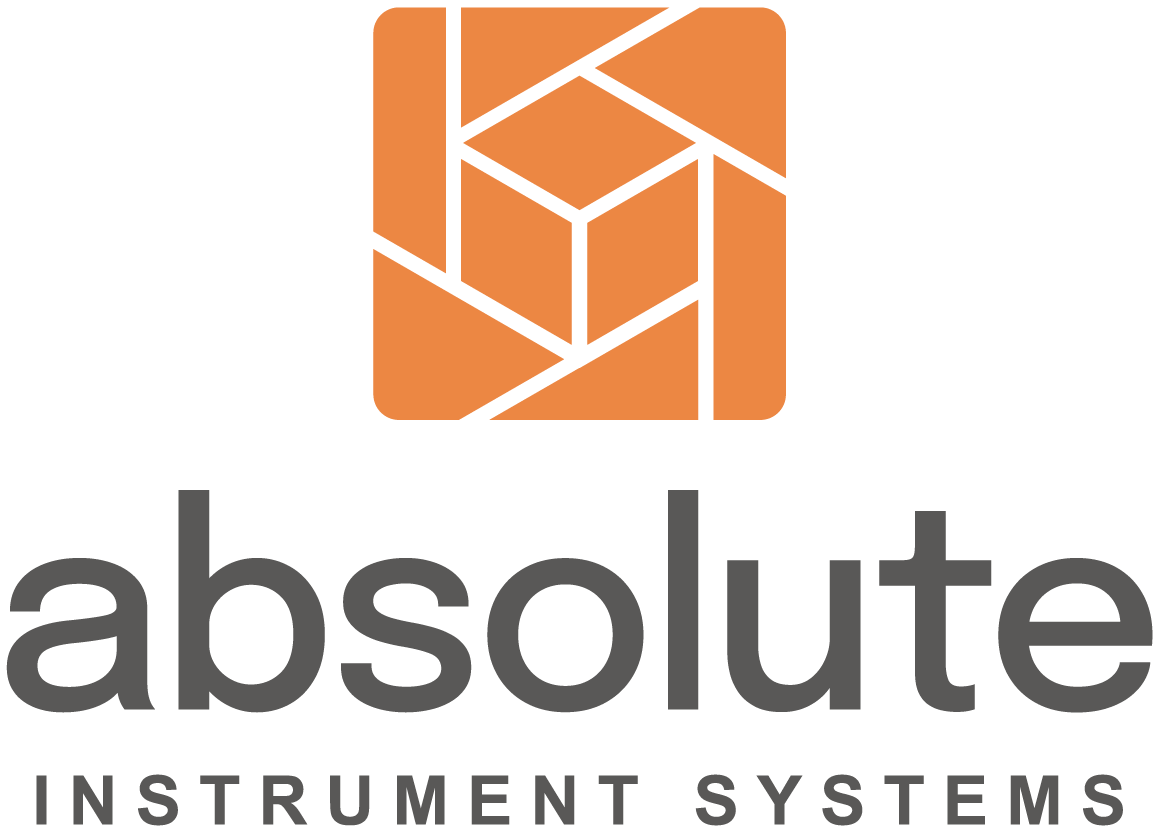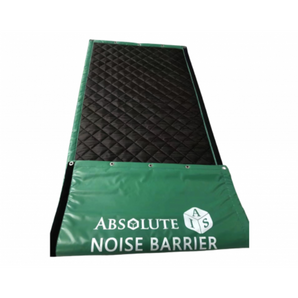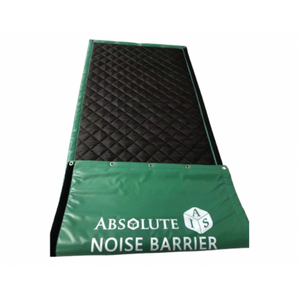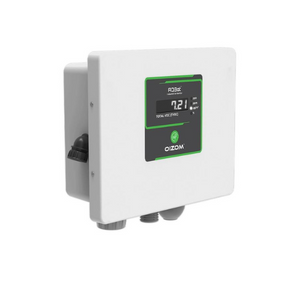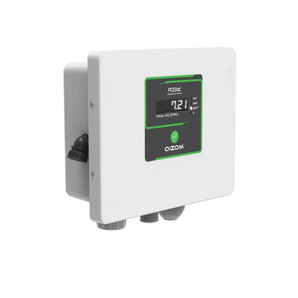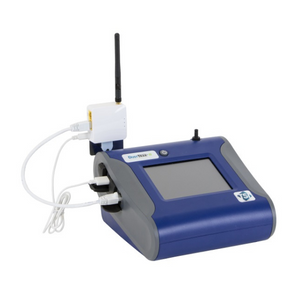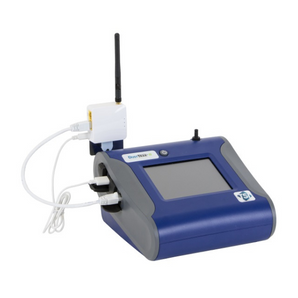In busy industrial environments, the hum of machines, clanging tools, and constant activity might seem like business as usual. But behind that familiar soundscape, something more serious could be at play: noise exposure that silently puts workers at risk. That’s why noise monitoring has become not just a legal requirement, but a pillar of workplace health and safety.
Across industries like construction, manufacturing, logistics, and petrochemicals, the need for consistent noise assessments is growing, driven by both stricter environmental regulations and a deeper understanding of occupational health risks. But the benefits of noise monitoring go far beyond staying compliant with local laws; it’s about protecting your people, your operations, and your reputation.
Why noise monitoring at the workplace?
Unlike more visible hazards, excessive noise exposure is insidious. Workers may not notice the damage until it’s too late. Long-term exposure to high decibel levels is typically above 85 dBA, and can result in permanent hearing loss, tinnitus, fatigue, reduced concentration, and even heightened accident risk due to impaired communication.
Singapore’s Workplace Safety and Health Council (WSHC) reports that Noise-Induced Deafness (NID) remains one of the most common occupational diseases. With 519 NID cases reported in 2024, the trend is concerning and preventable through proactive noise monitoring and mitigation strategies.
Compliance is the minimum, safety is the goal
Singapore’s regulations mandate noise assessments for workplaces where employees are likely to be exposed to excessive noise. But monitoring isn’t just about fulfilling a regulation checklist.
Implementing regular noise monitoring assessments shows that your company takes workplace safety seriously. It supports broader environmental, social, and governance (ESG) goals, improves morale, and helps reduce absenteeism caused by noise-related health issues.
The role of noise monitoring
Noise monitoring refers to the systematic measurement of sound levels in a working environment to identify where exposure exceeds safe limits. It can involve area measurements using sound level meters or individual exposure assessments using personal dosimeters.
When and where should you monitor noise?
Noise assessments are typically required:
-
During the commissioning of new equipment or facilities
-
After modifications to production processes
-
At regular intervals in known high-risk areas (e.g., engine rooms, workshops, construction zones)
Absolute Instruments recommends setting up a monitoring schedule aligned with your industry’s risk profile and worker rotation patterns. This allows you to proactively address noise issues before they become incidents.
Tools that make monitoring effective and reliable
Accurate measurements start with the right instruments, and at Absolute Instruments, we offer a range of precision noise monitoring solutions, from Class 1 sound level meters to intrinsically safe personal dosimeters, designed to meet both industrial hygiene standards and environmental compliance.
In dynamic workplaces, like construction sites or large factories, noise levels can fluctuate throughout the day. That’s why continuous noise monitoring systems are increasingly in demand. These systems not only track real-time data but also provide historical records to support compliance documentation and risk assessments.
Create safer and smarter workplaces
When you invest in workplace noise monitoring, you gain access to data that drives smarter decisions. There are different possibilities according to your needs, it could be choosing where to install noise barriers, rotating workers to limit exposure, or implementing hearing protection programs, your safety strategy becomes measurable and actionable.
With ongoing monitoring, companies can detect rising noise levels early, well before they reach hazardous thresholds. This proactive approach not only reduces employee health risks but also minimizes the likelihood of fines and regulatory issues.
Noise monitoring as part of a culture of care
At the core, noise monitoring sends a powerful message: your business values the well-being of every person on site. It’s not just about avoiding penalties, it’s about creating a culture where safety is embedded in daily operations.
From a leadership standpoint, integrating noise monitoring into your safety programs demonstrates due diligence and positions your company as a responsible industry player, something increasingly important in public tenders, ESG evaluations, and workforce retention.
Conclusion
Noise may be part of your daily operations, but unmanaged, it becomes a silent threat. By prioritizing noise monitoring, companies can transform a reactive compliance process into a proactive safety measure that protects both people and productivity.
If you're starting your first assessment or upgrading your existing systems, Absolute Instruments is here to help. With state-of-the-art monitoring equipment and technical support across Singapore and Malaysia, we make it easy to implement reliable noise monitoring solutions that fit your industry needs.
